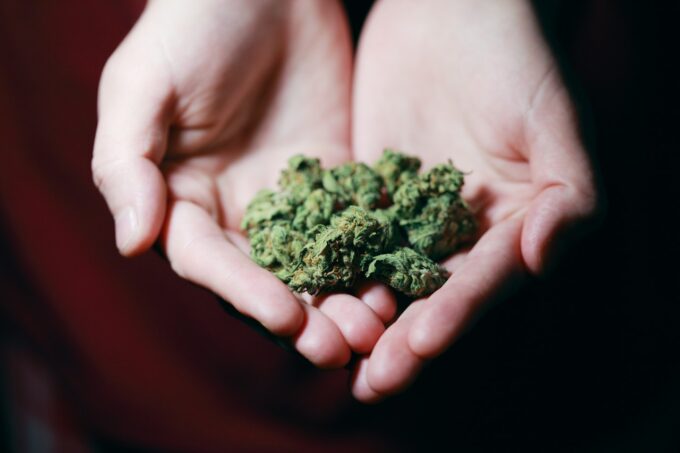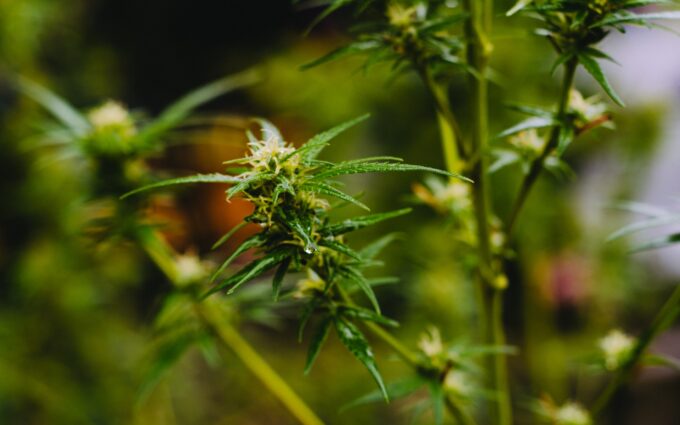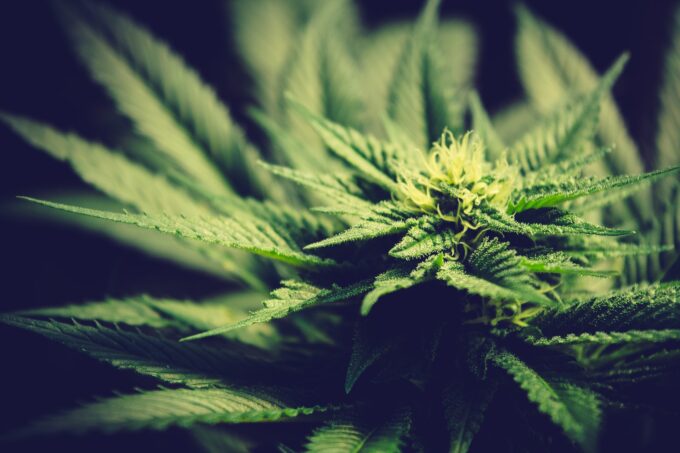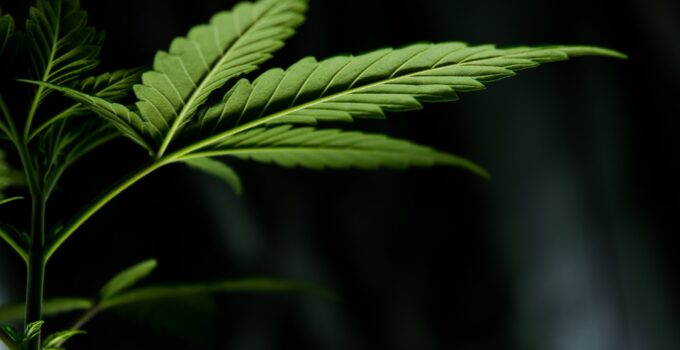In the context of cannabis, the term cannabinoid refers to any chemical molecule that has cannabinoid receptors in the body and brain, regardless of its structure or origin. Recreational, therapeutic, and synthetic cannabinoids are all forms of cannabinoid use.
According to studies on the subject 80 to 100 cannabinoids and roughly 300 non-cannabinoid compounds are discovered in the cannabis plant.
Aside from THC and CBD, the two primary cannabinoids are delta-9-tetrahydrocannabinol (THC and CBD) (CBD). Most people are familiar with THC, the psychoactive component of cannabis, the chemical known as delta-9-Tetrahydrocannabinol (THC).
The anti-psychoactive impact of CBD on the perception of ‘high’ may be greater than that of THC, which has a significant psychoactive effect. People who use THC may also suffer from anxiety, which is thought to be alleviated by adding CBD to their regimens.
Among the plant’s chemical ingredients, cannabinoids are among the most important ones. They have receptors in their body called endocannabinoids that cannabinoids can change. Endocannabinoids are a group of compounds that are found inside the body.
There are over 100 cannabinoids found in the cannabis plant. The plant kingdom is full of these intriguing compounds. Each cannabinoid works in a somewhat different way, as early study has found significant potential in each of them.
Which Cannabinoids Have a Psychoactive Influence?

Source: pexels.com
Cultivar genetics influence the number of cannabinoids that are present. Some strains have a higher concentration of THC, while others have a higher concentration of CBD. It is possible to cultivate CBG-producing much more potent strains than average. Growers are likely to begin breeding strains that express high levels of any of the cannabinoids currently known.
Despite many intriguing compounds, some of them are more prevalent than others. These are the primary cannabinoids.
The cannabinoid THC is found in many kinds of cannabis that have been selectively developed. It is known that THC binds to the CB1 and CB2 receptors in the body. Early studies reveal that the molecule has many scientifically essential impacts. THC is a psychoactive cannabinoid that has various effects, including elevating mood and increasing hunger.
CBD is the second-most abundant cannabinoid in most cannabis strains and the most abundant in hemp. Most people who use CBD report that it helps them stay focused while also providing a slight sense of relaxation. An indirect approach is used by the cannabinoid, which has a low affinity for cannabinoid receptors.
Research into the cannabinoid’s therapeutic potential is moving quickly, with encouraging results thus far. Because of this, CBD has become a popular supplement and topical application.
Many cannabinoids, including CBG, are made from CBGA, which is found in low concentrations in most plant strains. Breeders have been developing themes with a pure CBG concentration in recent years. CB1 and CB2 are both binding sites for this chemical, although only in a limited capacity. Researchers have discovered a few intriguing characteristics, such as a positive impact on low mood.

Source: unsplash.com
Most strains have a CBC level of roughly 0.3 percent, with some deliberately produced variants displaying a substantially higher value. CB2 receptors are activated by the chemical, whereas CB1 receptors are inactive. CBC has been linked to healthy brain function by researchers.
Unlike other cannabinoid molecules, cannabis plants cannot synthesize CBN. Instead, the substance is produced as a byproduct of the breakdown of THC. While all significant cannabinoids have similar effects, early animal and human studies show that CBN has a few distinct features from other cannabinoids. It appears to activate CB1 and CB2 receptors to achieve its effects.
Although the cannabinoid THCV is usually found in modest concentrations, some strains contain 16 percent of the compound. Sativa strains from South Africa tend to have higher concentrations of it. THCV can either inhibit or activate the CB1 receptor depending on the amount. One of the cannabinoids has been shown to have an anti-inflammatory effect on the body and impact weight loss and fat burning.
Which Cannabinoids Have a Psychoactive Influence?

Source: unsplash.com
The majority of cannabinoids are not psychoactive. A cannabinoid must first activate the CB1 receptor before it may have psychedelic effects. Cannabinoids cause chemical changes in the central nervous system when they connect to the CB1 receptor. Dopamine levels can vary, hunger can be increased, and that can elevate mood due to these impacts. THC, CBN, and THCV all have varying levels of psychoactivity because of this mechanism.
Since its effects on CB1 appear to be minimal, it is not included in the category of “psychoactive” drugs like marijuana and cocaine. “The effect of CBG on CB1R was quantifiable, but the underlying molecular mechanisms remain unknown,” reads research published in Frontiers in Pharmacology.
On the other hand, CBD has no intoxicating effects since it does not bind to the CB1 receptor. THC’s intoxicating effects are tamed by CBD when the two cannabinoids are supplied simultaneously.
Because of its poor affinity for CB1 receptors, many people believe CBC is not psychoactive.
Most of marijuana’s mind-altering effects are attributed to THC, the plant’s primary psychoactive ingredient. THC Short-term paranoia, delight, and relaxation are among the most common symptoms.
CBN also occupies the CB1 receptor. THC’s psychotropic effects, on the other hand, are very different from those caused by this molecule. It is the cannabinoid that has a milder and more soothing impact. CBN can even mitigate the more harmful effects of THC.
Finally, THCV has a mind-altering impact, as well. This cannabinoid, on the other hand, operates in a very distinct manner. Anxiety and panic attacks may be reduced by THCV’s ability to block THC’s CB1 receptor. However, stimulating the exact location of THCV may create its effects. The particular impact of THCV on the human body is yet too new to be confidently described.
Conclusion
CB1 receptor-binding cannabinoids are more likely to have a psychotropic impact. Not the receptor-blocking or non-interaction drugs. CBD and CBG are popular cannabinoids for their lack of psychoactivity and clear-headed effects among users. According to current studies, THC, CBN, and THCV are the primary psychotropic components of the cannabis plant. Visit State Of Mind Labs to learn more about these various cannabinoids!







